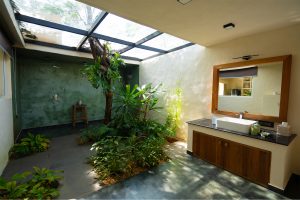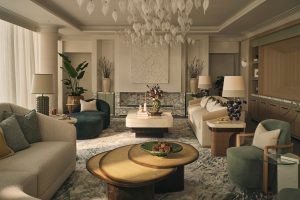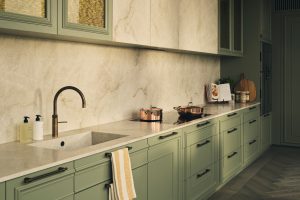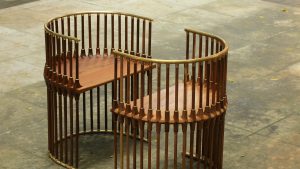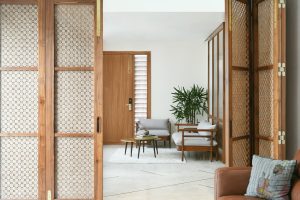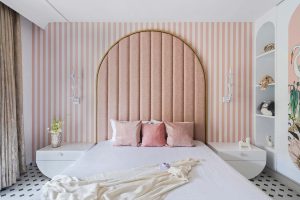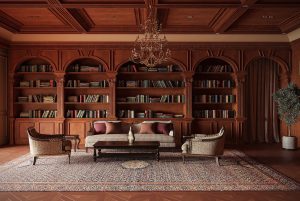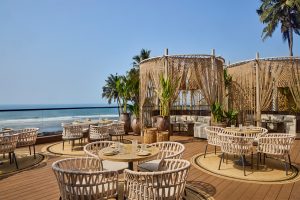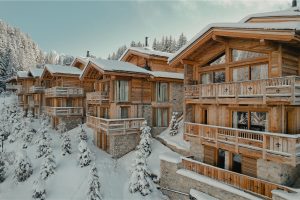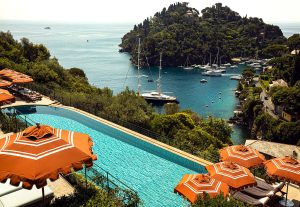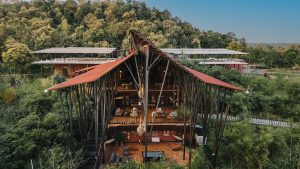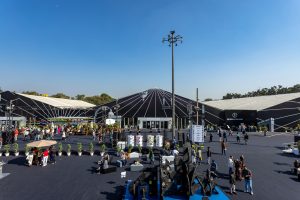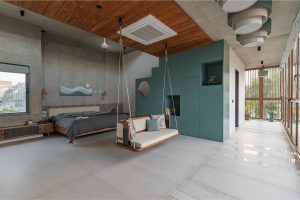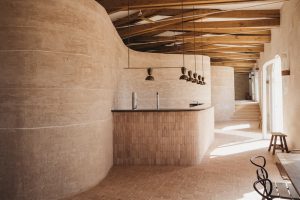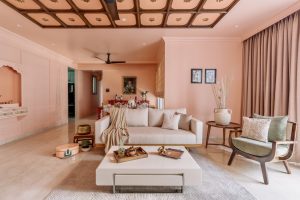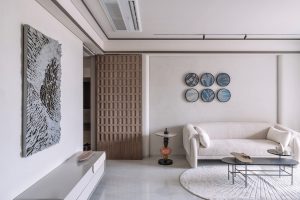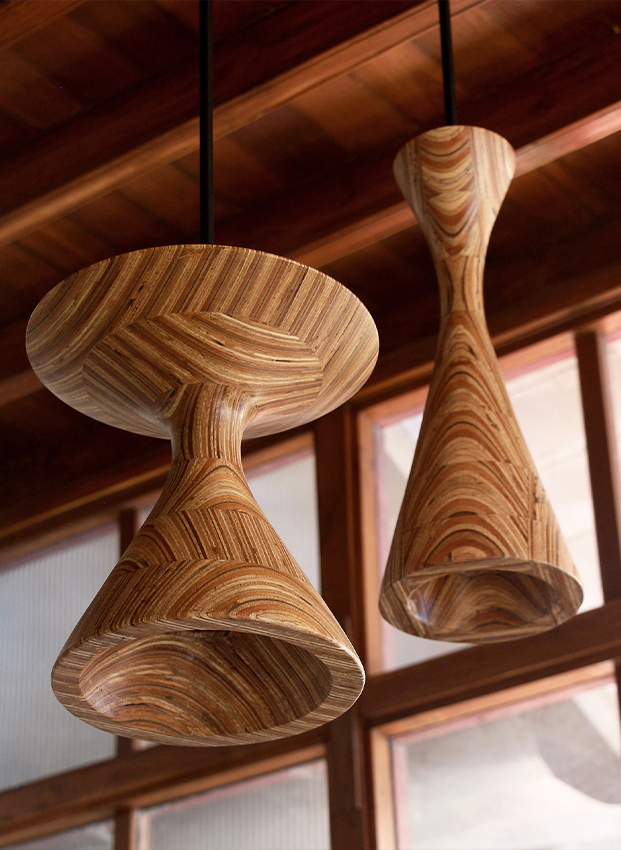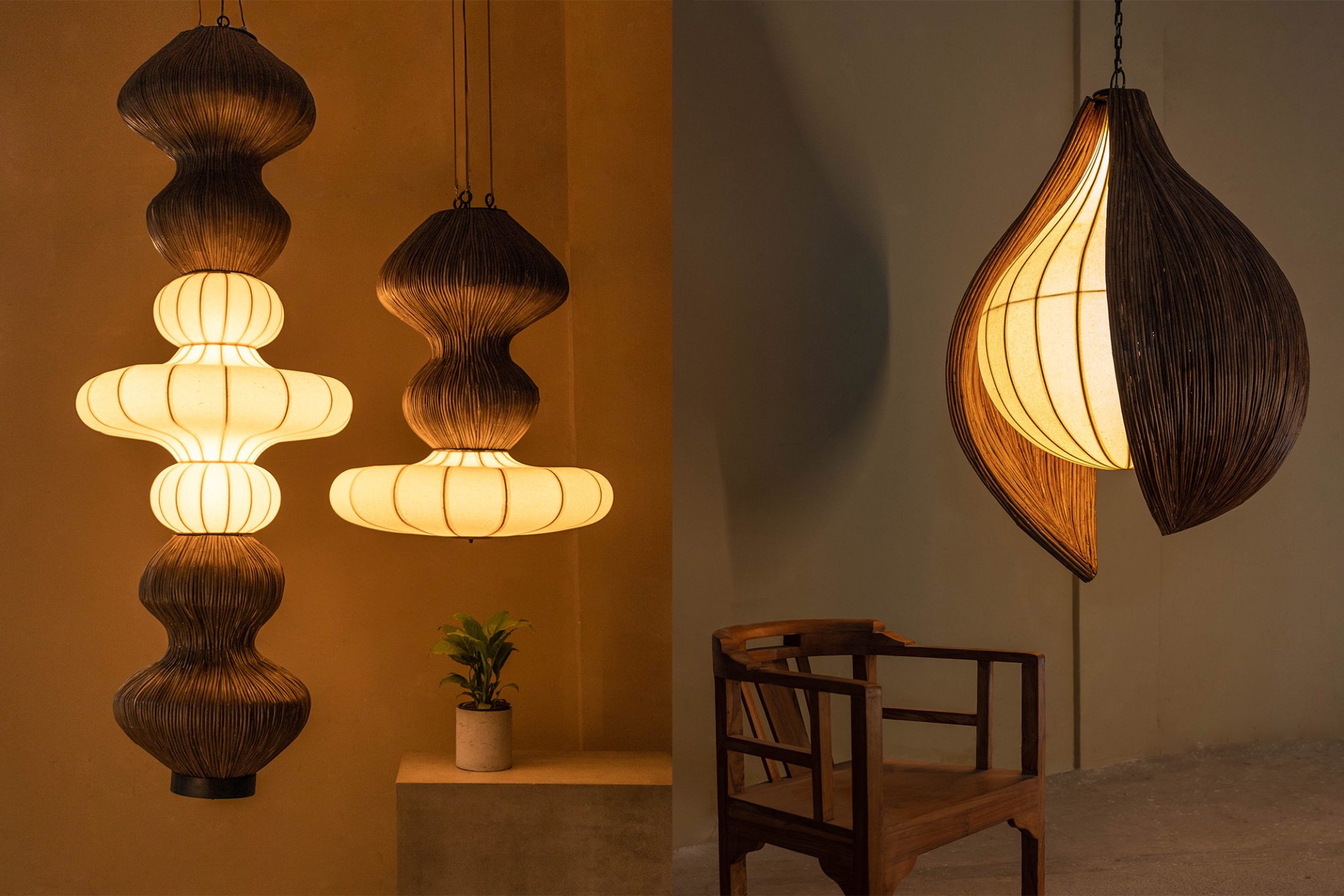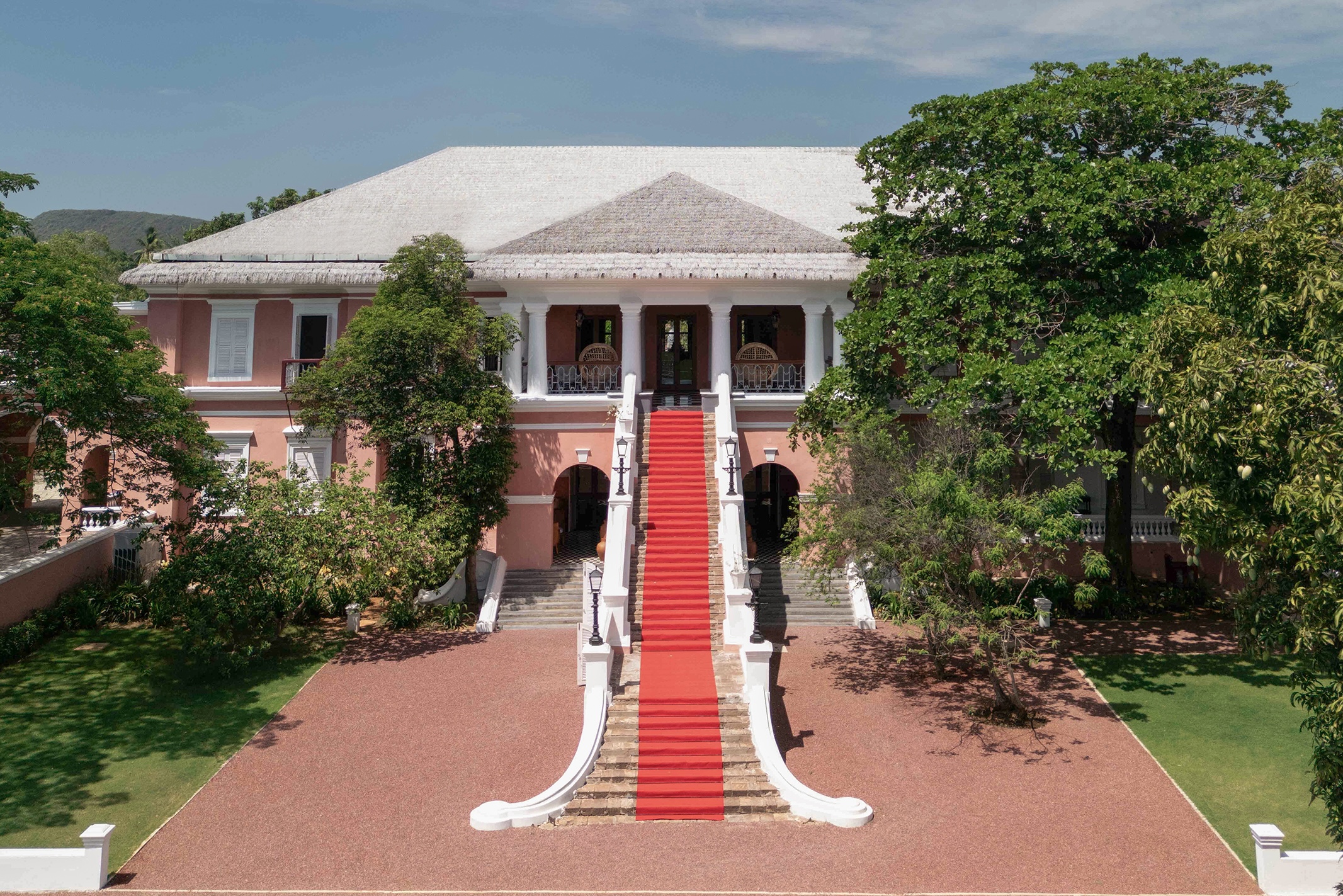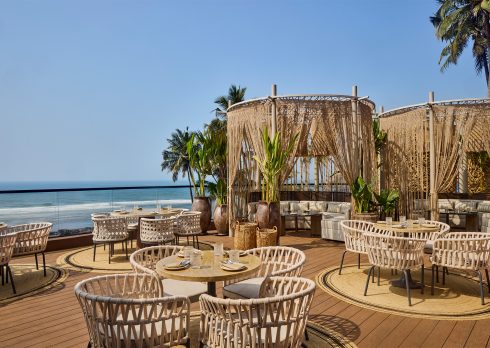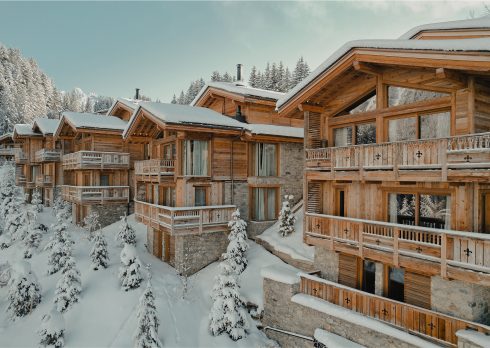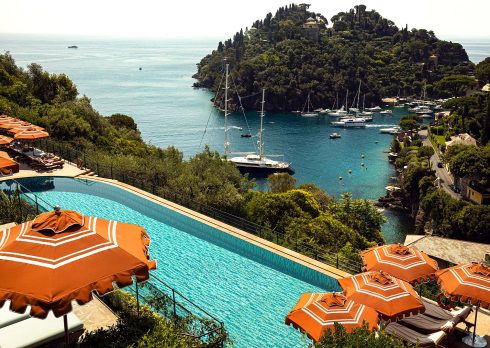The Stunning Revival Of Odisha’s 200-Year-Old Rambha Palace By Architect Channa Daswatte
World-renowned Sri Lanka architect Channa Daswatte lead the restoration of the 200-year-old Rambha palace in Bhubhaneshwar. Drawing inspiration from Bawa's Tropical Modernism design principles with attention to historical and environmental conservation lends this boutique palace hotel a retro patina.
India’s historic estates are gracefully transitioning into luxury hotel spaces, unravelling untold architectural marvels and hidden cultural facets of a bygone era. As experiential travel gains momentum, a new breed of boutique heritage hotels unveils a fascinating chapter in Indian hospitality — heritage tourism. But if you believe that India’s majestic past and heritage are only tied down to Rajasthan, take a moment to reconsider.
Nestled along the tranquil banks of Chilika Lake, the 200-year-old Rambha Palace opened its doors to world travellers, earlier this year, inviting them to its rich history and revival. The premise goes like this; The Palace was built in 1792 by Thomas Snodgrass, an Englishman of the East India Company and was held liable for using a ton of government funds in the construction. Snodgrass was dismissed for going overboard. Since then the ownership changed many hands till the palace slipped into neglect.
In 2018, New Delhi-based Hunch Ventures took over the dilapidated sham and converted it into a luxury boutique hotel. The extensive restoration, spanning over six years was led by the Sri Lankan master architect Channa Daswatte, who took the opportunity to magnify the colonial architecture by adapting it to contemporary needs. The 18th-century colonial design oeuvre collides with the climate-conscious architecture of Bawa’s tropical modernism — revolutionising architectural conservation by blending modernism and local vernacular. Albeit, the true meaning of royalty has become dated. But sitting back in utmost privacy and taking in the views of the French-inspired axial gardens, beautifully framed by the Doric Greek columns, one can see the first slither of royalty in Rambha Palace.
Also read: Cinnamon Life: The Ultimate Fusion Of Art, Luxury And Colombo’s Vibrant City Life
Getting There:
Bhubaneshwar has direct flights from most metro cities of India. Biju Patnaik International Airport in Bhubaneswar has daily flights from Singapore, Dubai, Bangkok, and Kuala Lumpur. Once you reach Bhubaneswar airport, a two-hour journey through pastoral scenes takes you to Rambha Palace, sitting along the shores of Asia’s largest brackish water lagoon, the Chilika Lake awaiting you.
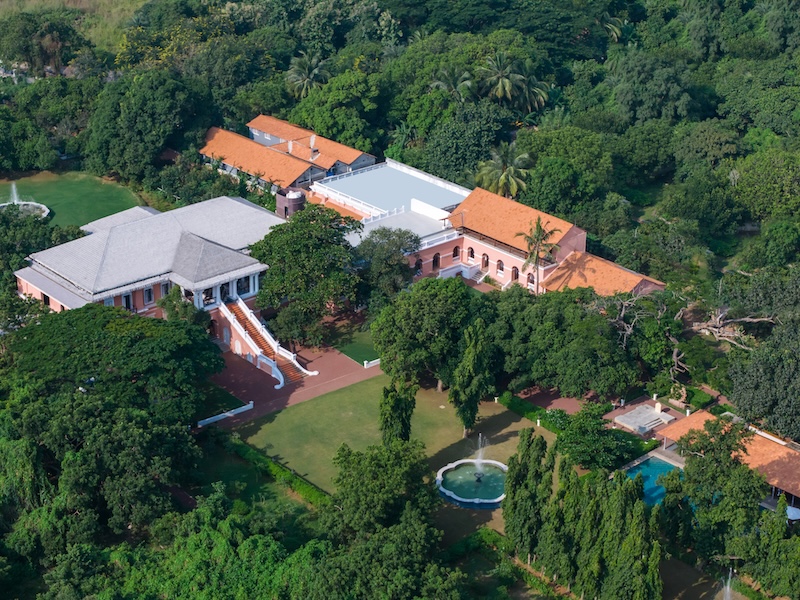
The Architecture Is A Harmonious Mix Of Conservation, Restoration And Imagination
Rambha Palace stands elegantly along the serene shores of Chilika Lake, showcasing its 18th-century royal origins. The sprawling palace gardens, hewn in geometric plant beds, native blooms and ornate fountains, speak of classic French garden designs. Architect Channa Daswatte draws inspiration from the original structures and vibrant native plants that reveal the kind of life lived in those spaces. The restoration captures the palace architecture, influenced by Roman and Greek art.
The arched Roman windows and the Greek Doric columns are classic references to 18th-century architecture, also known as the Neoclassical style. The caveat is in the intricate details, like the lotus-petal capitals and floral motifs, that bring Indian design aesthetics into this Neoclassical elegance. Were it not for the remarkable feat of the local artisans and craftsmen, Rambha Palace would not have been revived into its stunning 18th-century glory. The conservation involved restoring the timbers while the plasters were revived using organic cementitious paintings on the existing laterite walls, complemented with liquid beeswax that gives these walls their rightful patina so they could reflect the period architecture.
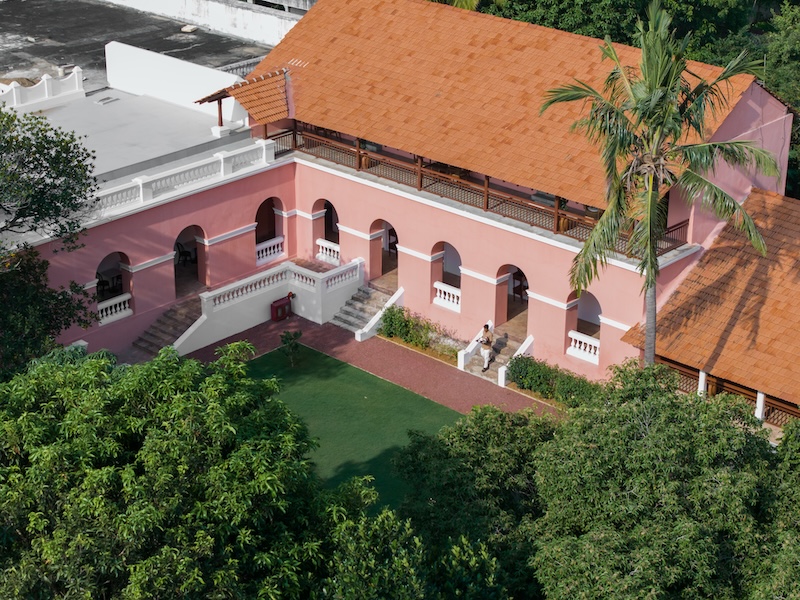
The expansive thatched roof of the palace captures the laid-back charm of Odisha’s countryside, making it an unusual choice for a colonial mansion. The eclectic material palette infused in this space beautifully celebrates Odisha vibrant handloom tradition. Native sabai grass transforms into exquisite Sri Lankan pandan mats, while Ikat fabric takes centre stage in cushions and bed runners. The ‘kotpad’ tribal weaves adorn the walls and ceilings as stunning tapestries, and ‘dokra’ metal craft pieces serve as captivating artefacts. The eye-catching salmon pink colour of the mansion, inspired by a Venetian pink palace, grabbed the attention of the co-founder Himangini Singh, “It was a spontaneous decision to go with the colour and that allowed us to embrace the boldest colour palette even on the inside,” the architect Channa Daswatte notes.
Also read: Escape To Bhutan With The Ultimate Winter Guide To Wellness, Adventure, And Cultural Immersion
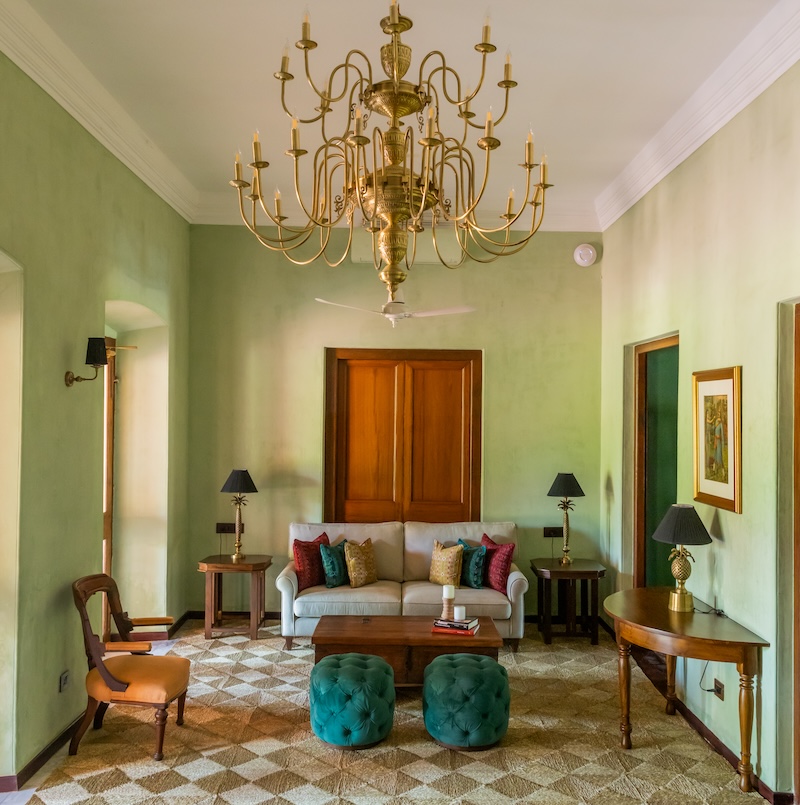
The Palace Suites Are An Ode To The Lost East Indian Heritage
The one presidential villa and fourteen suites could be defined as a cosy-chic rhapsody of blues, greens and golds punctuated with natural-rich textiles and underrepresented tribal weaves of Odisha that add texture and warmth to each space. The suites feature statement furniture pieces like the colonial four-poster beds, chests, dressers and old-fashioned lamps, while the Venetian chandeliers, antique marble-clad coffee tables layered with leathers, vibrant Ikats and monogrammed linens conjure the ambience of an East Indian heritage home. Yet again the atmosphere shifts to one of calm retreats that feature soaring ceilings, cross-ventilated villa suites with expansive interiors that are mirrored outdoors by elegant patios and balustrade-lined balconies, and courtyard seating, seamlessly blending the palace grandeur with the serenity of the natural surrounding— a nod to Bawa’s tropical modernism.
Daswatte’s restoration harmonises with the natural landscape, fusing materiality and design that respects both the environment and the cultural context. The semi-outdoor spaces overlooking the garden estate or the outdoorsy spots around the pool area, spa, and dining, which are perfect for unwinding, encapsulate the luxury lifestyle of indoor-outdoor living Daswatte envisioned for this palatial residence.
Experiential Dining That Orchestrates Between Royal Venues
The options for a royal dining experience are endless on the sprawling property. Begin your day with a hearty breakfast on the expansive palace lawn, serenaded by twittering birds. If you want to stay in and savour the authentic Odia thali for lunch, step inside ‘The Dining Room’ that opens to lofty ceilings and regal chandeliers. Lounge around the poolside snacking on the local favourite ‘jhal muri’, which comes with a melange of spice, flavours, and textures tossed with puffed rice, or better still, sink into the loungers resting under the arched columns post a refreshing soak in the pool.
Prefer indoors? Then enjoy the tranquillity of the balcony, a perfect venue for an afternoon tea, overlooking the meticulously manicured gardens that line a pathway to gushing fountains. Their art-deco-inspired bar doubles as a wine lounge with sommelier-led wine tastings. Guests can dine on continental to Indian fare with a special emphasis on the hyperlocal Odia specialities that have served the royal families for years.
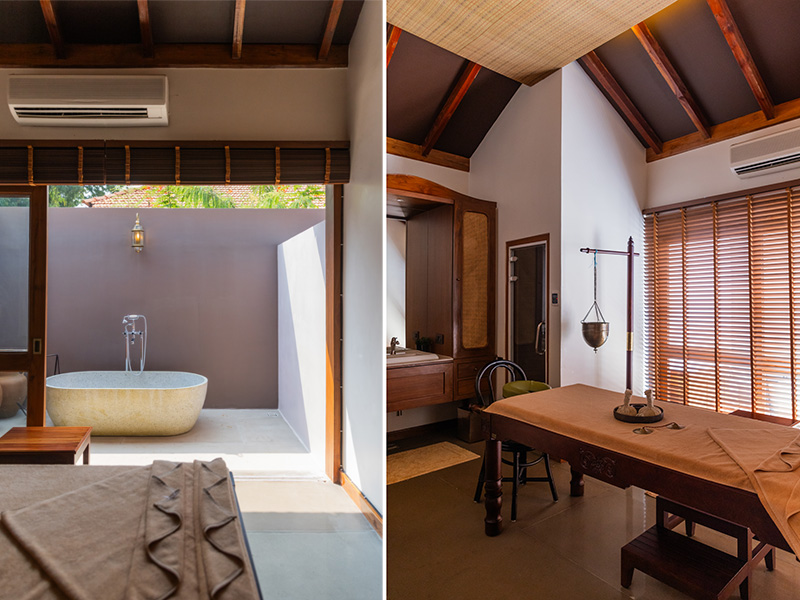
Wellness That Embraces The Time-Honoured Wisdom Of Ayurveda
For a quick pick-me-up, head to ‘Mantnam,’ the palace wellness centre, which harnesses the ancient wisdom of the Vedas to revitalize your mind, body, and soul. The design reflects soothing terracotta hues that perfectly complement the surrounding water bodies. The wellness therapies are thoughtfully crafted and include relaxation techniques such as yoga and meditation, Ayurvedic massages, ‘Naadi Shastra’ (neuropathy), and various other transformative holistic experiences of ancient India. If you fancy an Ayurvedic full-body massage, expect divine oil blends with powerful healing properties churned from native botanicals followed by organic scrubs from the palace herb gardens. Your ultimate royal escape unfolds with a milk bath, once reserved for queens and princesses which finds its way into your bathing ritual.
Also read: Amaraanth In South Goa Embraces Slow Travel, Curated Art, Design, And Quiet Luxury
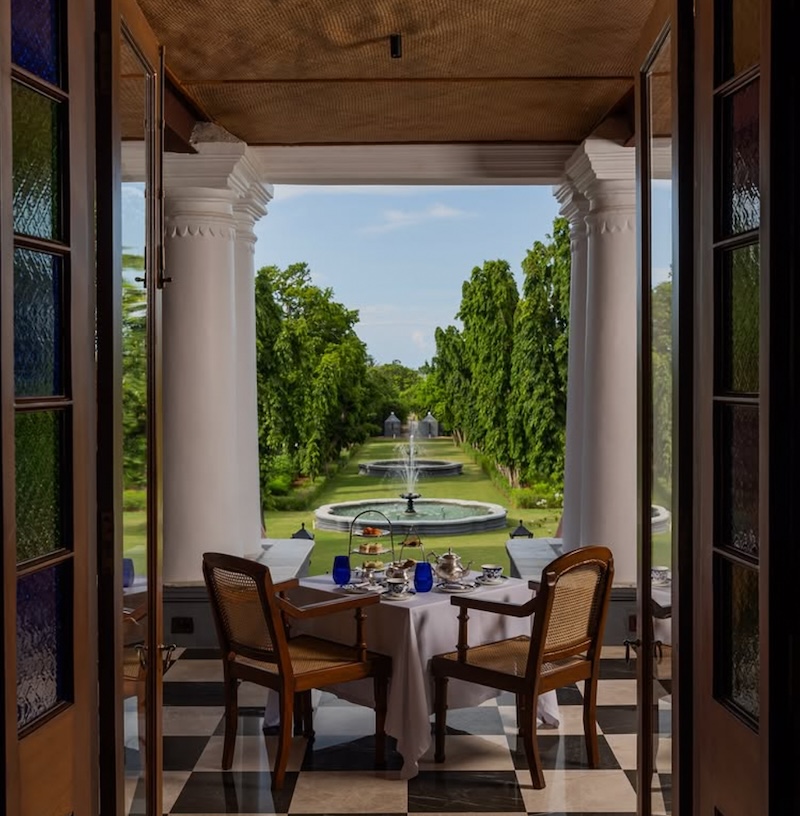
Final Thoughts
Here, royalty takes on a whole new meaning. As you explore the palace, classical colonial design planning leads into the unique Odia design ethos, which only builds on the element of intrigue for a heritage revival. There is a timelessness to these restored spaces that invites one to delve into its history. The regal stairs bear the footsteps of political stalwarts and dignitaries who were instrumental in signing the Utkal treaty, which led to the birth of the separate state of Odisha.
With a beautiful fusion of Odia art, neoclassical architecture, and Daswatte’s storytelling, Rambha Palace resurrects the essence of East Indian heritage, carrying the sweet residue of colonialism in the conservation, from Versailles-inspired gardens to vibrant ikat-dressed walls in recreated suites with cuisine that celebrates the bounty of the land and sea. Adventurers find that Chilika Lake hosts over a million birds during winter, including the demoiselle crane, Indian thicknee, and glossy ibis, making it perfect for a birdwatching expedition. Most importantly, at Rambha Palace, you appreciate the art of slow travel that draws one close to the hidden gems of India.
Also read: 3 Holiday Homes In Alibaug That Intertwine Tradition, Luxury, And Sustainability
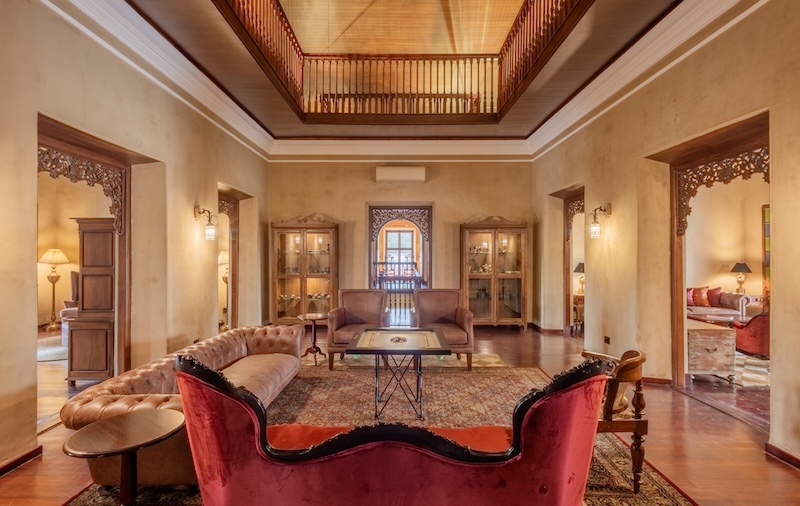
DP Loves
#1 The Venetian pink hue facade of the palace with its white stucco railings – a nod to Greek architecture.
#2 The luxury suite is designed within the original palace block featuring an anteroom that frames the lush palace gardens.
#3 The confluence of the regal indoors and the sprawling axial French-inspired garden reveals the rich lifestyle of the royals.
#4 The bold colour palette inspired by Odisha’s vibrant clothing brings a fresh eclectic touch to the palace hotel.
#5 The regal charm of the palace suites filled with vintage finds and layered with rich heritage and tribal weaves transform the retreat into a haven for reflection.
#6 The idea of relaxing around the pool while taking in the sights of the surrounding biome.

